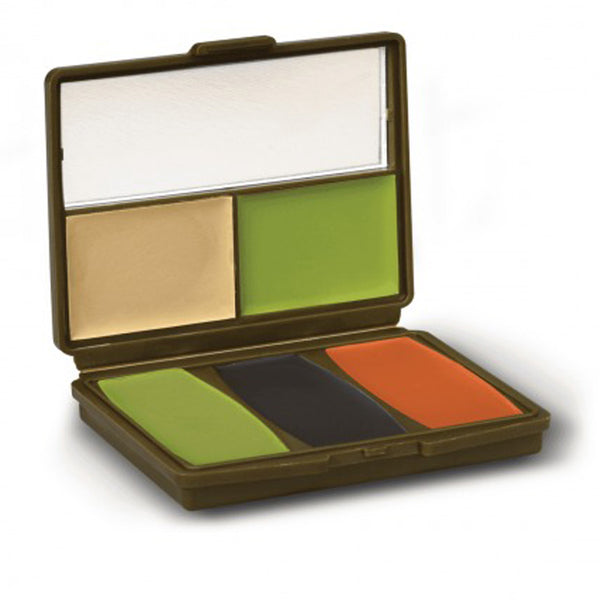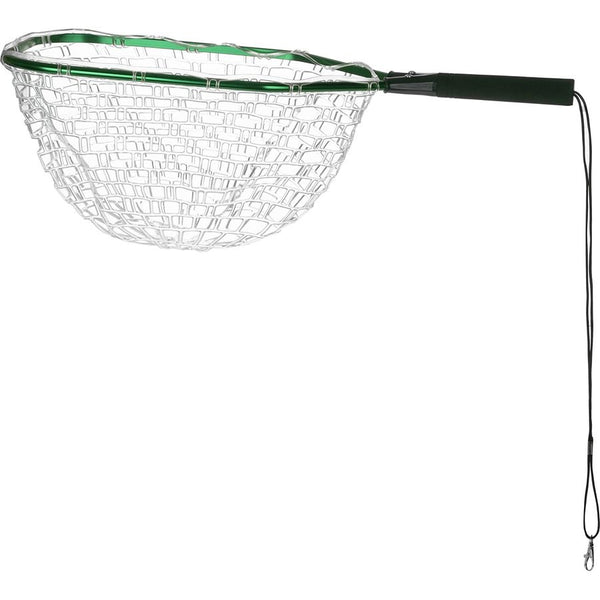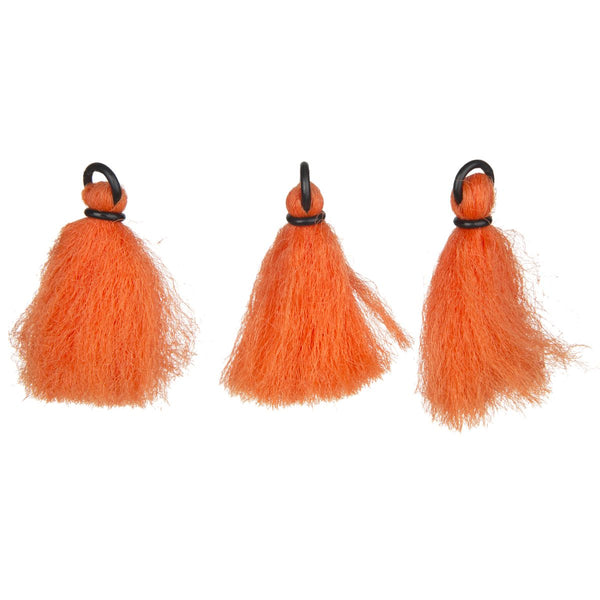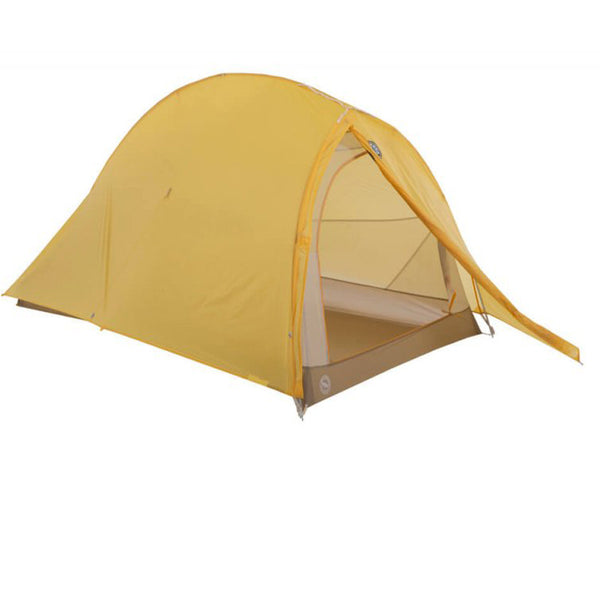In Part 1 I discussed various biological and environmental perspectives relative to High Desert Mule deer. Now, let’s address the “meat and potato’s” of this subject: Successful hunting tactics that I’ve observed, learned and used over the years that may help you in putting a trophy buck on the ground!
However, before I identify specific hunting tactics it is absolutely essential that you become well educated on mule deer behavioral factors such as where big bucks like to live, their habits, what they like to eat, etc. As a hunter, once you have completed your comprehensive homework then the work begins in earnest as you can embark on researching hunting areas, applying for tags and developing strategies that may provide you with the opportunity to harvest the trophy of a lifetime. After all, this is what you have spent many a sleepless night dreaming of, correct? There’s no doubt in my mind that while learning about mule deer you will personally become infected with the excitement of hunting one of most magnificent and difficult trophies in North America to harvest.
Before “arming you” with hunting techniques that may be conducive to your success I would be negligent if I didn’t list some specific criteria unique to High Desert mule deer that may help you distinguish their behavior from that of other big game animals. Please consider the following tendencies and characteristics from my observations of big bucks out in the field and then correlate these habits closely with the hunting tactics I discuss:
- Trophy caliber bucks in High Desert regions rarely feed during the day. Old bucks didn’t “get big” by being stupid. They are extremely nocturnal and head straight for the protection of their beds and cover before the sun’s first rays of light peek above the eastern horizon. Feeding primarily at night and before it’s light enough for hunters to see big desert muleys like to strategically hide themselves with the morning thermals and wind will be at their backs.
- A big buck will always position himself where he can watch for danger in all directions, especially on his “backtrack.” Mule deer have incredible eyesight and smell. Once he sees, smells or hears danger you can almost guarantee that a wily old buck will quickly disappear into the thickest cover possible where their “human predator” is not going to find him. However, it should be noted that I have witnessed several trophy bucks over the years that “froze” exactly where they were hidden when hunters got close. These particular bucks reminded me of a sly rooster pheasant holding tight in cover. I watched through my high powered optics while these bucks chose to remain completely still, blending into the surrounding brush/trees, their huge sets of antlers held flat against the ground. They didn’t even flinch while the unsuspecting hunters walked right by them.
- Those big ears on a mule deer act as “genetic radar.” Swiveling back and forth those ears provide trophy bucks with incredible hearing.
- HIGH DESERT bucks are what I refer to as “random roamers.” They are very difficult to pattern. Their movement that can be unpredictable. I attribute this characteristic to the rugged terrain and sometimes lack of available feed in more arid regions.
- Because there isn’t a high concentration of mule deer numbers in most High Desert locations hunters should seek areas where they have found tracking. If you locate a fresh, big set of tracks then follow the trail out! Formulate an idea where the big buck is spending its time feeding and watering, then formulate a strategic plan to beat them at what they do best - hiding from you and other predators.
- After watching mule deer bucks in HIGH DESERT regions I can verify that they frequently like to bed just below a ridge line in the shade! Even when a big buck gets up to shift position he will stay out of sight under the shaded canopy of trees, brush and rocks. Once the day heats up trophy bucks will seek locations that are cooler as they will move deeper into thick cover. I remember vividly jumping a huge buck one summer that had “buried” himself so deep into the shade beneath the low hanging branches of an extremely thick, prehistoric Pinion tree that I was amazed. Believe me, I don’t think I could have crawled under those thick branches. I just happened to be searching for a spot to get out of the hot mid-day sun and randomly walked up to that specific juniper. When that monster buck came crashing out from beneath those thick branches it “damn near” scared me to death! I’ll never forget that experience for as long as I live.
- HIGH DESERT bucks know where every reliable, available water source is and will generally slip in for a drink during the nocturnal hours. In drought conditions I have seen big bucks sneak into water during the day but they are extremely wary and will utilize every bit of cover available before drinking. I’m convinced that a desert mule deer’s digestive system has adapted and evolved to dryer climates and will synthesize moisture from the browse they feed upon much like a desert sheep does so that they don’t have to water every day. In the terrain I hunt there are certain slick rock areas that I’ve found to be more conducive to retaining “pothole rain water.” A big buck will use those water sources, especially if they are located close to prime deer habitat near secluded basins where bitterbrush and oak are prevalent.
- In HIGH DESERT mule deer country hunters should concentrate on shady, south facing slopes. These slopes have more feed available growing beneath trees and brush.
- Look for long narrow peninsulas or “feeder” ridges that run diagonally above shallow basins in HIGH DESERT terrain. These are great locations to glass/look for a trophy buck. These areas provide shade, quick escape routes, feed and will in many instances be close to water sources, especially after heavy thunderstorms.
- Recognizing what mule deer like to eat and the fact that quality feed in HIGH DESERT areas can be scarce due to the lack of precipitation is very important. The mule deer food sources that I look for in the terrain I hunt always includes big Sage Brush, Cliff Rose, Mountain Mahogany, Pinion Trees heavy with pine nuts, Oak and small forbs/grasses that grow underneath the browse.
- Train yourself to be methodical. Once you have identified the area you wish to hunt and have located a big buck or big tracks, then take it slow! As in the famous short story entitled, The Most Dangerous Game by Richard Connell, pursue a trophy mule deer buck as if another human being was hunting you! Be extremely patient and willingly commit hour upon hour to the task of taking a trophy buck.
- Know every square inch of the ground you are hunting. You should have scouted the area and established a detailed map in your mind of the terrain, water sources, escape routes, bedding areas, etc. Develop a detailed game plan of how you can use these features to your advantage. If you have had the time to “pattern” a big old buck then that knowledge may help place the odds in your favor.
- Tracking. Expert mule deer trackers are few and far between. Tracking is a skill that takes tremendous patience and is very difficult to learn for you have to have an innate, natural ability to make accurate, insightful observations in regards to big bucks and the ability to interpret their behavior. No doubt, this is a gift that takes years of experience to develop. In my opinion the most conducive terrain to track a big mule deer buck in is the desert, far away from civilization.
- Successful mule deer trackers hunt alone and spend their time entirely in desert terrain where external obstacles such as other hunters, 4-wheelers, etc, can be avoided.
- Tracking a big desert buck is an art. It is a “high stakes” chess game between the hunter and the big buck he chooses to follow.
- Learning to track a big desert buck can only take place after hour upon hour of pain staking work, observation, and toil out in the field.
- There isn’t a developed list of tracking rules that work in all circumstances for no two animals of any species are alike.” Proficient trackers have outstanding judgment as well as skill. They understand that when a trophy mule deer buck has successfully evaded predators for 8 or more years it is a very intelligent and crafty animal.
- One of the best ways to develop your tracking skills is to follow a big buck’s tracks backwards to understand its habits. Where does it like to bed, feed and water?
- An expert tracker understands that it is possible to identify one deer from another by the tracks they leave and with age those differences become more pronounced. In other words, all bucks wear a different “shoe.” A deer follows its front foot with the back foot on the same side, and places the rear hoof right over the track that the front foot just made. This is call “direct register.” The rear hoof is always smaller than the front hoof and tends to distort the size of the front hoof pattern. The buck may step, side step or show a slight twist of one hoof or the other. Track size, toe spread, dew-claw design and step length can be used to identify deer from one another. You need to learn how to recognize a particular buck’s tracks if you are to be successful at tracking it.
- Bedding tracks will wander and be much closer together than those of a big buck going to water as these tracks will “line out.”
- Most big bucks prefer to stay on their home turf and will generally circle around behind you.
- Good trackers must understand that a big buck’s behavior is recorded in its tracks, and if you track by visual observation and apply accurate interpretive skills, you will begin to see through the eyes of the buck you are following. Each buck you track will differ in behavior from others.
- Gifted trackers have developed highly perceptive, diagnostic and interpretative skills.
- Remember, tracks will reveal feeding, watering and the bedding preferences of the buck you are pursuing.
- The age of tracks can be determined by droppings. However, if droppings are absent , then you must rely on things like plant material that have been knocked off onto the ground by a feeding animal. In desert country, lizard tracks and tail drags over the buck’s tracks, as well as leaves, or other debris, blown into the tracks, can give you a ball-park age. If there are no lizard, rodent or bird tracks or wind signs altering the buck’s tracks, then they are probably relatively fresh. This can save you a lot of time and valuable energy.
- Trackers will study a trophy bucks behavior for months after they locate a muley that is worth their time and effort.
- A tracker’s goal is to never be seen by the buck they are hunting. They must be very proficient with their binoculars and capable of shooting out to 600 yards.
- The final strategy of a high desert mule deer tracker is determining when to “leave the track.” You can seldom follow a track to a bedded deer and get a good shot off because smart old bucks bed so that they can see their back trail. Making an educated guess as to when to end the tracking process and use the terrain, your binoculars, stealth, and the wind to locate the trophy buck you have been following is where a trackers supreme skill is tested!


















Leave a comment